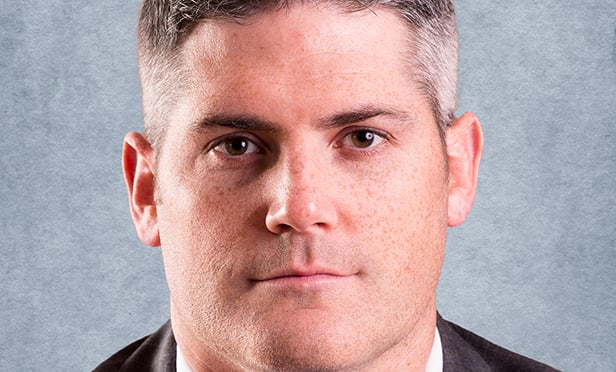TORONTO—When people discuss emerging markets, they usually mean cities or regions that developers have largely ignored. But at last week's NAIOP Commercial Real Estate Conference in Toronto, a group of experts said the next frontier of emerging markets may be hiding in plain sight among the city's older industrial buildings.
Carl Muhlstein, a managing director with JLL, hosted this afternoon panel and began by showing how Los Angeles developers have conjured up around two million square feet of new, modern office space through the adaptive reuse of either empty or under utilized industrial structures. “These projects came out of nowhere,” he said. Furthermore, similar transformations are “not limited to Los Angeles; it's a national phenomenon.”
Many people would not look at a former postal distribution building and envision it as a home for creative office users. But about four years ago a joint venture between Worthe Real Estate Group and Shorenstein Properties paid $44 million for 13031 W. Jefferson Blvd. in Los Angeles, a property that had sunk into foreclosure, Muhlstein said. Another panelist added that it had been “one of the ugliest buildings you ever saw.”
But the partners took advantage of the 25' high bay ceiling heights by installing floor-to-ceiling glass walls and flooding the interior with natural light. They also cut a 50x200 open space into the building, now called “The Reserve,” and added a 60,000 square foot park with Wifi and volleyball courts, further connecting its occupants to the outdoors.
This once grim structure is now “just a very comfortable setting in Playa Vista,” Muhlstein said, a LA neighborhood known as “Silicon Beach.” And JLL was able to bring in a group of credit-worthy tenants. But after discussing this success, he also had a bit of a warning for the audience.
“The diamonds in the rough are disappearing,” so developers and investors looking for similar spaces better get moving. He also advised that designers should not over do it when transforming industrial structures. In fact, leaving or uncovering some raw reminders of a building's past will increase its appeal for modern office workers, many of whom crave what they see as authenticity. At The Reserve, for example, Worthe and Shorenstein decided to leave the old loading dock numbers visible.
And these days, such buildings can attract surprising tenants, Muhlstein said. He even had a finance company come looking for space. That prospective tenant said their firm faced intense competition in its recruiting efforts, and having a space in a building like The Reserve would at least even the playing field. “Everyone is after our employees,” Muhlsten was told. “We have to start emulating and creating similar work spaces.”
Another big change to the office market is just how much effort has to go into the creation of what were once afterthoughts. “I spend more time curating just the right kind of coffeeshop” than anything else, he said.
Robert Bellinger, the president and CEO of ASB Capital Management, said one thing to consider was that gentrification is radically different than it was in the past. The process once occurred in areas adjacent to a respective city's CBD as companies sought out cheaper spaces. But in today's employee-centric environment, companies want to settle in areas that workers can get to, often without cars, in just 20 minutes. And these neighborhoods should allow workers to retain a more relaxed lifestyle.
“You've got to be able to jaywalk without risking your life,” he said, which rules out dense, traffic-choked areas such as Virginia's Tysons Corner. Instead, pioneers can end up in any neighborhood that has historic warehouses once thought past their time. He pointed to LA's Arts District as the perfect example of a new frontier. “For most of my career, you would have rather invested in Vietnam than downtown LA.”
Bellinger also considers the east side of Portland a great place to invest. And that shows that a lucrative new district “does not have to be in a gateway city.”
© 2024 ALM Global, LLC, All Rights Reserved. Request academic re-use from www.copyright.com. All other uses, submit a request to [email protected]. For more information visit Asset & Logo Licensing.








